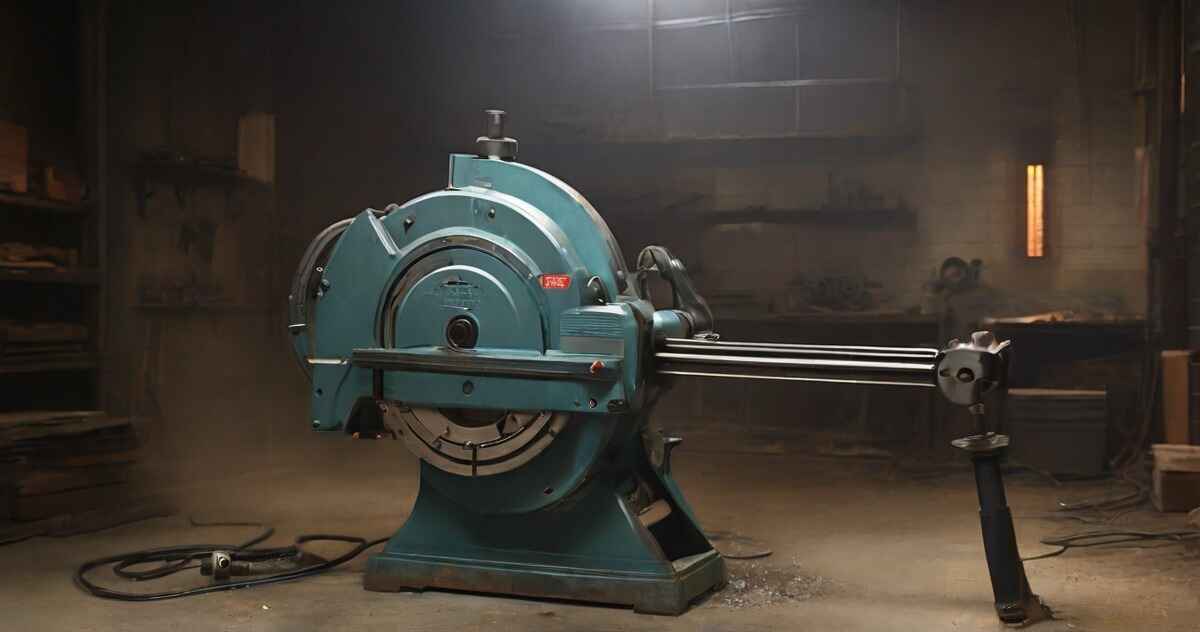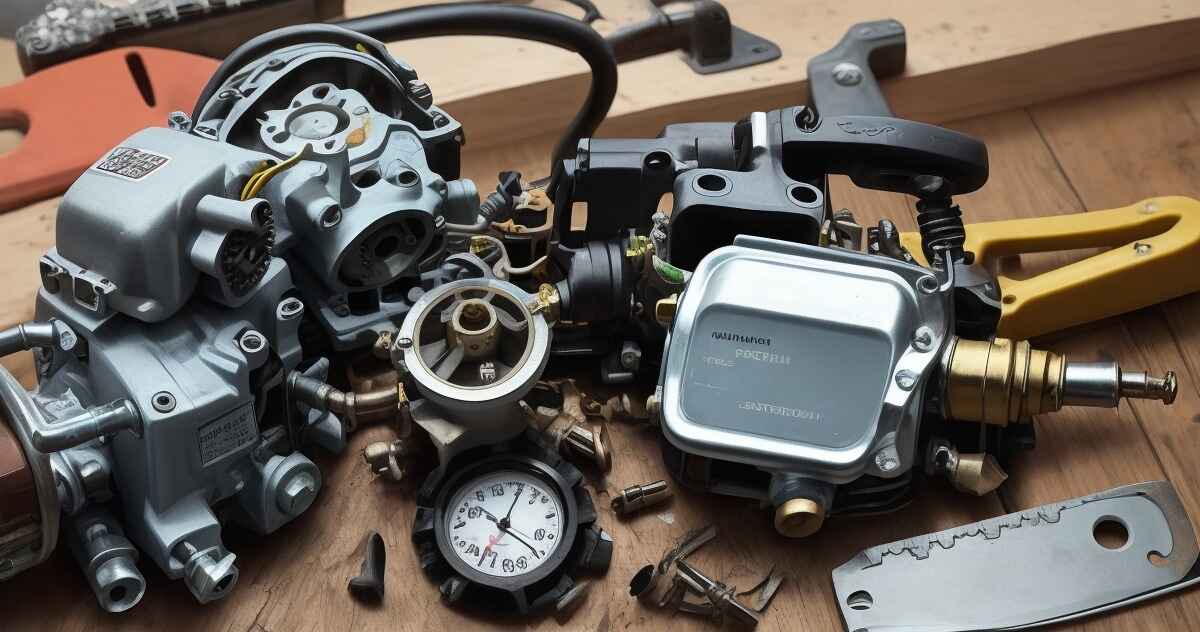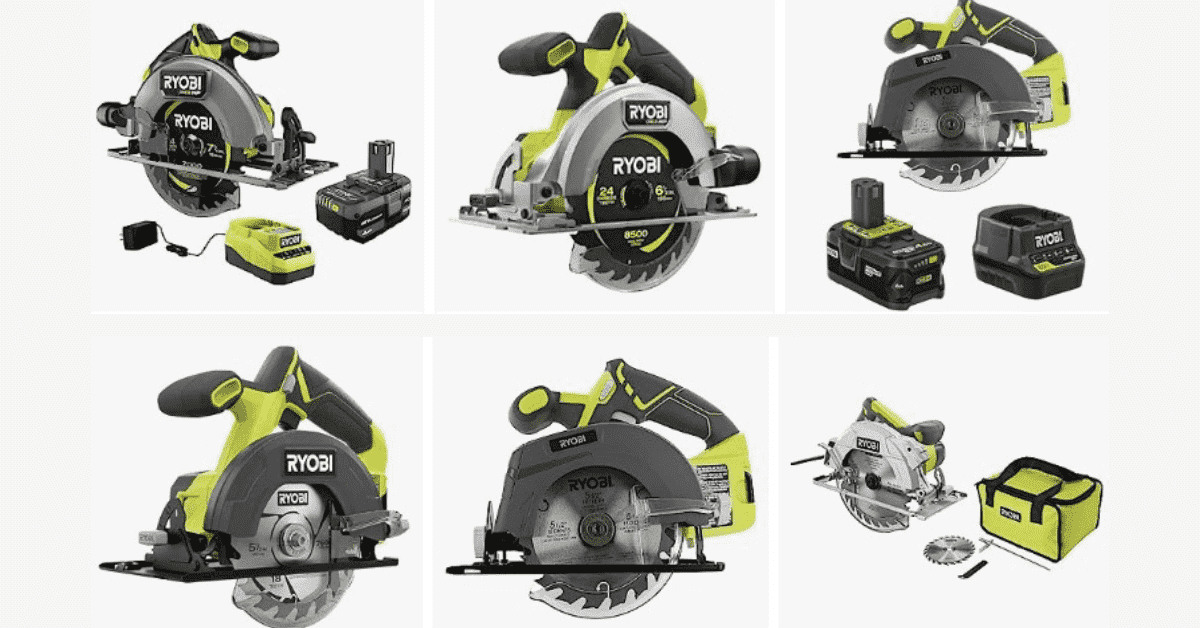The Super Saw is a marvel in cutting precision and efficiency. This is a technological breakthrough. Various industries rely on it. With this guide, we will examine the definition, history, key features, and applications of the Super Saw.
Definition of the Super Saw
The Super Saw is known for its precision and power. It has revolutionised how materials are shaped and crafted in numerous industries. Its advanced design and functionality make it a workshop staple. Construction sites also use it.
Importance of the Super Saw in Various Industries
The Super Saw plays a pivotal role in enhancing efficiency and accuracy. It is a cornerstone in diverse industrial applications, from woodworking to metal fabrication. Its adaptability and precision have elevated the standards of cutting technology. This has impacted industries far and wide.
History of the Super Saw
Invention and Early Developments
The journey of the Super Saw began with its invention. Subsequent early developments marked a significant leap in cutting technology. Inventors sought to improve cutting tools. The Super Saw emerged as a revolutionary solution. It set the stage for advancements in precision cutting.
Evolution and Technological Advancements
Technology has evolved the Super Saw over the years. It has continually pushed boundaries and set new standards in precision cutting. The Super Saw’s reputation is built on innovation in blade design, motor power, and safety features. It’s a must-have tool for any workshop.
Environmental Impact of Super Saws:
People are becoming more aware of the environmental impact of industrial tools. Eco-friendly practices have resulted. The environmental impact of Super Saws has also been studied. Environmental concerns are being addressed by manufacturers. Their focus is on sustainability and reducing their carbon footprint. Consider these things:
1. Energy Efficiency:
- Super Saw brands are actively working to improve the energy efficiency of their tools.
- Advanced motor technologies, variable speed controls, and optimized power consumption may be used.
- Increasing energy efficiency reduces operational costs and conserves energy.
2. Sustainable Materials:
- For environmental sustainability, Super Saws use sustainable materials.
- The construction of Super Saws is exploring the use of sustainable and recyclable materials. The trend is aligned with broader industry trends.
- The Super Saw uses materials with low environmental impact.
3. Eco-friendly Initiatives:
- Corporate responsibility strategies are increasingly incorporating eco-friendly initiatives.
- There may be recycling programs for old or damaged Super Saws. Additionally, they promote responsible disposal of electronic waste.
- Tree-planting programs and carbon offset initiatives may be offered by some manufacturers.
- Sustainable practices are demonstrated by eco-labels and environmental management standards.
Technological Advancements in Super Saws:
Modern Super Saws integrate smart features like digital displays and Bluetooth connectivity for remote monitoring. IoT integration enables predictive maintenance and adaptive cutting technology, optimizing performance. Enhanced safety features, including automatic brake systems and sensor technology, prioritize user protection. These innovations, coupled with noise reduction technologies, redefine Super Saws, offering advanced precision, safety, and user-friendly experiences in cutting applications.
Key Features of the Super Saw
High Precision and Accuracy
Super Saws are known for their precision. It ensures the most intricate cuts with minimal error. Precision is a game-changer for artisans and craftsmen. It is useful for crafting fine woodwork or handling complex metal projects.
Versatility in Cutting Various Materials
The Super Saw showcases its versatility. It effortlessly cuts through a wide range of materials. It cuts through wood and metal. Its adaptability makes it an ideal choice for various projects. It provides users with the flexibility needed to tackle diverse cutting tasks.
Safety Features
The Super Saw focuses on keeping users safe. It has advanced features that ensure secure cutting. Safety mechanisms like blade guards and anti-kickback features create a safe working environment. These features give users confidence in their projects.
Applications of the Super Saw
Woodworking and Carpentry
The Super Saw is a game-changer in woodworking and carpentry. Artists and craftsmen rely on it for precision. Due to its ability to handle various wood types, it is an essential tool. It is in the hands of those crafting fine furniture or detailed woodwork.
Metal Fabrication and Construction
The Super Saw has a robust design and is powerful. It is a go-to tool for metal fabrication and construction projects. Accuracy is paramount in these projects. The Super Saw is versatile. It shines in the demanding environments of construction and metalworking. It cuts metal pipes and shapes structural components.
DIY Home Projects
Enthusiasts undertaking DIY home projects find a trusted companion in the Super Saw. It enables them to bring their visions to life with professional-level precision. The Super Saw empowers homeowners to take on projects with confidence. It can be used for building shelves and crafting custom furniture.
Choosing the Right Super Saw
Factors to Consider
When selecting a Super Saw, factors such as power, blade type, and ergonomics are crucial. They ensure it meets specific project requirements. Understanding the needs of your projects will guide you in making the right choice. Knowing the capabilities of different saw models also helps.
Types of Super Saws Available in the Market
Understanding the unique features and applications of each type empowers users. They can choose the most suitable Super Saw for their specific projects. This ensures optimal results and efficiency.
- Circular Saws:
- Application: Ideal for straight cuts in wood, metal, and other materials.
- Features: Circular blade for efficient and powerful cutting.
- Jigsaws:
- Application: Perfect for intricate and curved cuts in wood, plastic, and metal.
- Features: Reciprocating blade for versatile cutting in various directions.
- Band Saws:
- Application: Excellent for precision in woodworking and metalworking.
- Features: Continuous band of toothed metal for intricate cuts and curves.
- Reciprocating Saws:
- Application: Versatile cutting in tight spaces, suitable for various materials.
- Features: Straight or orbital motion for flexibility in cutting tasks.
- Miter Saws:
- Application: Ideal for angled and crosscuts, commonly used in carpentry.
- Features: Adjustable miter angle for precise and angled cuts.
Comparison of Popular Super Saw Brands
Comparing top Super Saw brands helps people find the best tool for their needs. It considers individual preferences and project demands. Factors such as build quality, customer reviews, and additional features can influence the choice between renowned brands in the market.
Tips for Safe and Efficient Use of Super Saws
Proper Handling and Maintenance
To maximize the lifespan of a Super Saw, handle it properly. Perform regular maintenance. Keep it clean by removing dust and debris. Lubricate moving parts as recommended by the manufacturer. Store it in a dry environment. Understanding the correct way to handle the tool, including blade changes and adjustments, contributes to both safety and the longevity of the Super Saw.
Personal Protective Equipment (PPE) Recommendations
To prioritize safety, use the correct personal protective equipment. This will shield you from potential hazards while operating. Safety glasses, hearing protection, and appropriate clothing are necessary for a safe working environment. Remember to use them when using a Super Saw.
Common Mistakes to Avoid
Steering clear of common pitfalls ensures a smooth and accident-free Super Saw operation. Awareness of these mistakes enhances overall safety and effectiveness:
- Ignoring Safety Precautions:
- Risk: Increased chance of accidents.
- Solution: Always adhere to safety guidelines and use personal protective equipment (PPE), including safety glasses and hearing protection.
- Using the Wrong Blade for the Material:
- Risk: Reduced cutting efficiency and potential blade damage.
- Solution: Match the blade type to the material being cut for optimal results and blade longevity.
- Neglecting Regular Maintenance:
- Risk: Decreased tool performance and potential breakdowns.
- Solution: Follow the manufacturer’s recommendations for cleaning, lubrication, and blade maintenance.
- Failing to Secure Workpiece Properly:
- Risk: Workpiece movement leading to inaccurate cuts or accidents.
- Solution: Use clamps or other appropriate securing methods to stabilize the workpiece.
- Overlooking Correct Handling Techniques:
- Risk: Increased likelihood of injuries and accidents.
- Solution: Understand and follow proper handling procedures, including correct blade changes and adjustments.
Awareness of these common mistakes and proactive measures to avoid them contributes to a safer and more efficient use of Super Saws.
Practical Guide to Super Saw Applications
In this section, we’ll show you how to use a Super Saw for common tasks. We’ll provide a step-by-step guide for making a wooden shelf. We’ll also show you how to cut metal pipes. These examples will help beginners and experienced users apply their knowledge of Super Saws to real projects.
Crafting a Wooden Shelf
- Materials Needed:
- Wood board
- Super Saw with the appropriate blade for wood
- Measuring tape
- Pencil
Step-by-Step Instructions:
a. Measure and mark the desired dimensions for the shelf on the wood board.
b. Secure the wood board to a stable surface using clamps.
c. Put on your safety gear, including safety glasses and hearing protection.
d. Adjust the Super Saw to the desired cutting depth.
e. Turn on the Super Saw and make the cuts along the marked lines.
f. Sand the cut edges for a smooth finish.
Cutting Metal Pipes
- Materials Needed:
- Metal pipe
- Super Saw with a metal-cutting blade
- Safety gloves
- Safety glasses
Step-by-Step Instructions:
a. Measure and mark the points on the metal pipe where you need to make cuts.
b. Secure the metal pipe using a vise or clamp to prevent movement during cutting.
c. Put on safety gloves and safety glasses to protect against metal shavings.
d. Adjust the Super Saw to the appropriate speed for metal cutting.
e. Turn on the Super Saw and carefully guide it along the marked lines to make the cuts.
f. Deburr the cut edges for a clean and safe finish.
These guides give users step-by-step instructions. Users want to use their Super Saw skills for specific projects.
Expert Opinions and User Testimonials
Expert Opinions:
- “The Super Saw represents a pivotal advancement in cutting technology, setting new standards for precision and efficiency.” – Dr. Jane Cutting Technology, Industry Expert.
- “The integration of smart features and advanced safety mechanisms in Super Saws reflects a commitment to meeting the evolving needs of craftsmen and professionals alike.” – Mark Craftman, Tool Innovator.
User Testimonials:
- “As a woodworker, the Super Saw’s precision has elevated my craft, allowing me to create intricate designs with ease.” – Sarah Woodcraft, DIY Enthusiast.
- “In metal fabrication, the Super Saw’s power and versatility make it an indispensable tool for shaping structural components accurately.” – Mike Metalworks, Professional Fabricator.
Frequently Asked Questions (FAQs)
1. Q: Can a Super Saw be used by beginners, or is it recommended for experienced professionals only?
Super Saws are made for beginners and experienced professionals. Beginners should start with training and learn safety guidelines. This will help them use the saws safely and efficiently.
2. Q: What safety precautions should I take when using a Super Saw?
When using a Super Saw, safety is paramount. Wear safety glasses and hearing protection. PPE includes these items. Make sure you follow the manufacturer’s guidelines. Make sure blade guards are always present.
3. Q: How often should I replace the blades on a Super Saw?
Use, material type, and maintenance affect blade replacement frequency. If you notice dulling or damage, replace the blade. It’s crucial to follow the manufacturer’s recommendations.
4. Q: Can a Super Saw cut through different materials, or is it specialized for specific tasks?
Super Saws are versatile. They can cut wood, metal, and plastic. There are different blades for different materials. Choosing the right blade is essential.
5. Q: Are there any specific maintenance tips to ensure the longevity of a Super Saw?
Maintaining your Super Saw will extend its lifespan. Remove dust and debris. Make sure moving parts are lubricated. Make sure it’s dry. User manuals provide maintenance guidelines.
Conclusion
The Super Saw is a cutting tool that shows precision, power, and versatility. It has evolved over time. It was first made without smart features and environmental sustainability. Now it has smart features and is environmentally sustainable. It meets the demands of industries and DIY enthusiasts.
As you embark on your Super Saw journey, whether you’re a seasoned professional or a budding enthusiast… Remember the importance of choosing the right tool for the job. Adhere to safety guidelines. Explore the endless possibilities that this remarkable tool offers. The Super Saw is not just a tool. It’s a companion in crafting, building, and creating with unparalleled precision.




